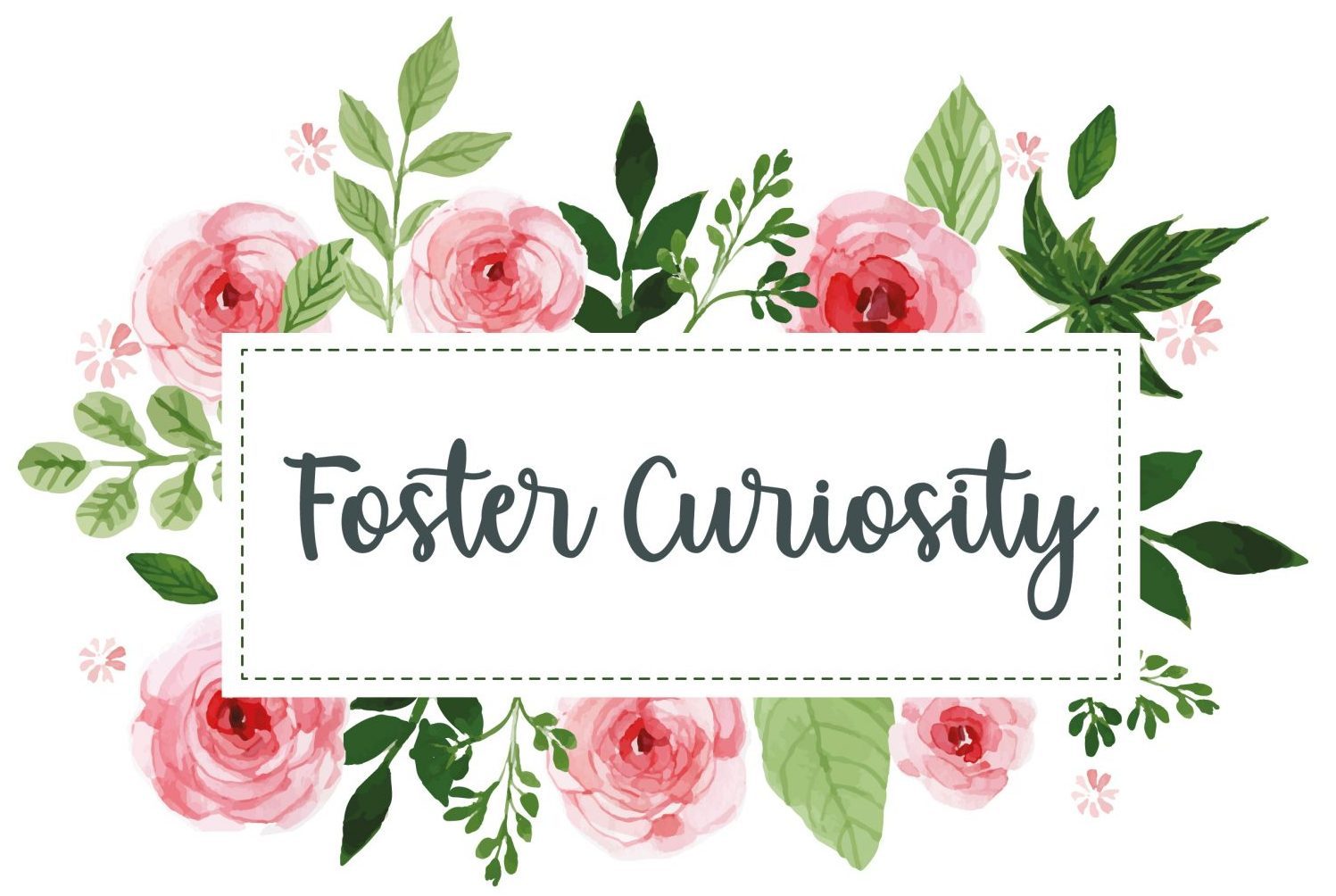
My First Year of Teaching
The days leading up to my first year of teaching were way harder than I had expected them to be, especially since I had fantasized about becoming a teacher since I was six. In just a few months I went from a college student, to a kindergarten teacher, to a third grade teacher. I had to learn a lot about being flexible, and I had to learn it quick.
Little did I know, I would be a whole new person by the end of the first year as a teacher. I learned so much, and even though the year was extremely rough, I am thankful for the experience that I had.
This series is for me to remember all of the challenges that I’ve faced and overcame, and to remind me of the wonderful people that I’ve met in the process. I also wanted to share some of the things that I faced, in hopes that someone out there who is feeling this way can see that they aren’t alone.
Class Lists
In college, I learned a lot about all kinds of learners. Because of where I went to school and student taught at, I had zero experience with English language learners. Diversity has always been something important to me, but I had never had the opportunity to experience it quite like I was about to.
We got our class lists in a meeting during pre-planning week, and everyone else seemed to know what the letters on the page meant. Once I finally gave up guessing, I asked a veteran teacher.
She explained to me that the ELL students were classified based on how proficient they were in English. The letter “A” resembled beginning, “B” was emergent, and “C” meant that they are about to graduate the ELL program.
In my experience, schools typically tried to mix up levels of students in order to make it more diverse. Apparently that was not the case at this school. My list was all “As”, only two “Bs” and one that didn’t have a letter. When I asked, I found out that meant that the student had very limited English.
I’m telling you this to set up how the beginning of the school year went, because I knew NOTHING about teaching English language learners. Along with typical first year teacher anxiety, I didn’t even know what I could expect from my kiddos.
The Grade Switch
As I mentioned before, I was hired as a kindergarten teacher and then moved to third grade ELA (reading and writing) a week before school started. I was scared because I had spent all summer mentally preparing for five-year-olds. Change was not easy for 2017 Morgan.
After the initial shock, I got excited for the new position. Older kids were more independent and I could do more academic things with them. I had to move my kindergarten classroom and set up in the third grade wing, but once I was set up, I felt better.
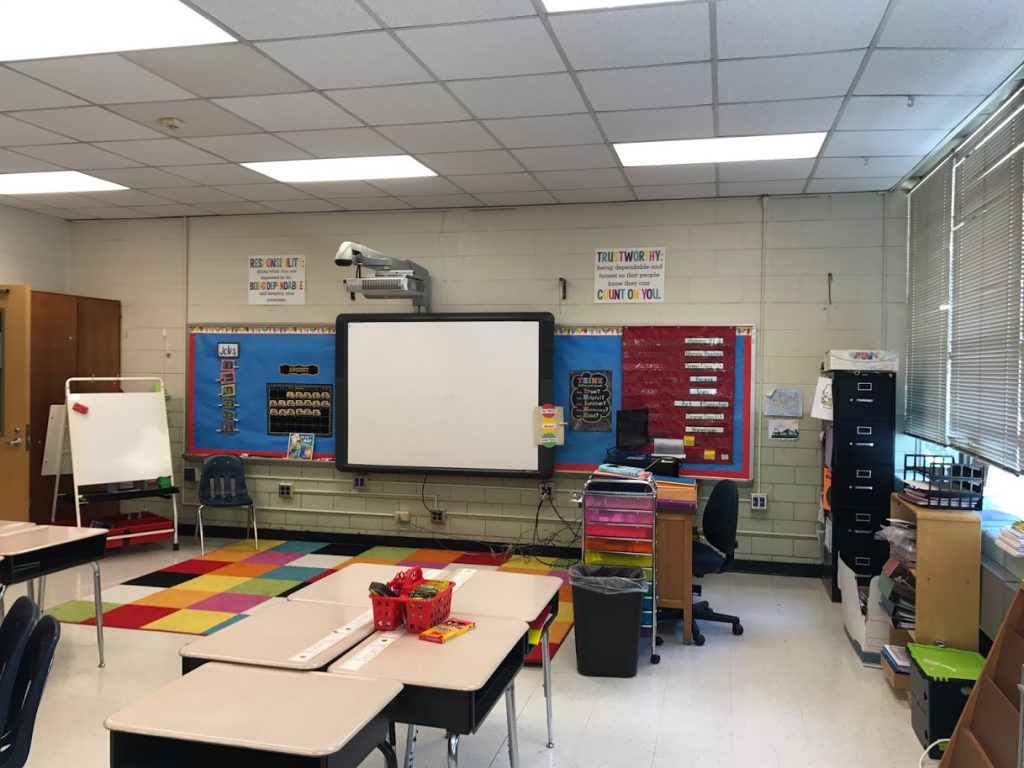
New Curriculum
One of the major challenges that I didn’t initially recognize as a challenge was the district’s curriculum. In my interview, the principal convinced me that having new curriculum would be a good thing for new teachers–all of the teachers would all be learning it together. Being young and naive, I got excited about the idea.
Timing
The district had decided to do all new curriculum–in all subjects–all at the same time. Reading, writing, science, social studies, and math. All of it was new and it wasn’t ready for the beginning of the school year. We got the first units, and were basically told to “figure it out”.
Typically, one might not see that as a problem. As a planner, it did nothing but stress me out. We knew what we were teaching right now, but had no idea what was coming next. We couldn’t prepare or come up with activities to teach the material.
It was also difficult to find how the units connected. It felt like we were reading from a script the whole year because we didn’t have any time to digest the curriculum before we had to teach it.
Organization
All of the subjects had new curriculum, but it seemed as though the people writing the curriculum stuck to one subject, and didn’t communicate with anyone working on the other subjects. There was a lot of information in the curriculum, but it was too much to quickly see what we needed to teach.
The unit lengths didn’t line up, and it was hard to teach all of the material because none of it overlapped. We were talking about different things in all subjects, with no way to make connections. It felt like a marathon everyday trying to get all of the information in their brains.
Diversity Issues
The district I worked in was HUGE. There were so many different schools, and they were spread over a wide area outside of Atlanta. The people who wrote the curriculum designed it for the majority, and didn’t take into account the minority.
Assignments and tests were written and given to us, meaning we couldn’t design the assessments for the population we were working with. The questions on the tests had language in them that my students had never been exposed to, meaning I had no idea if they understood the content they were being tested on, or if they misunderstood the directions.
We also had a unit (I talked about this a little bit in my welcome post) that was about comparing and contrasting Susan B. Anthony and Hillary Clinton. My class was made up of students who had almost all immigrated to America. The first thing they thought of when talking about Hillary Clinton was Donald Trump.
I’m not going to get into politics in this post, but I will say that it broke my heart reassuring my anxious students that they were safe. Multiple students brought up their worries about being deported, and some even shared stories that they’ve had family members who had already been deported or arrested. I bet the curriculum writers didn’t plan for that happening in unit one.
Instead of working on closing the huge gap between my students and the students that this curriculum was obviously written for, we had to keep pushing through content that wouldn’t help our kids.
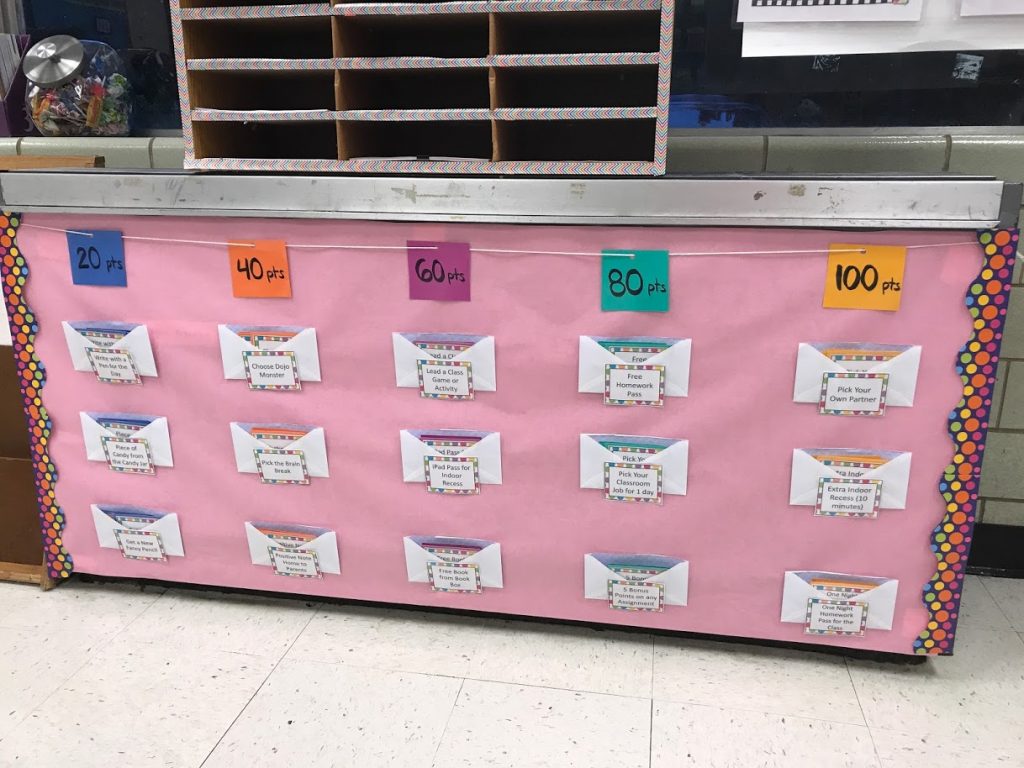
Going Solo
Another Change
For the beginning of the school year, I taught reading, writing, grammar, spelling–anything that I could fit into half of a day. My partner teacher taught math, science, and social studies. Halfway through the day, we switched and taught the same subjects again to another group of third graders.
It was really nice at first, I had fifteen kids in the morning and sixteen in the afternoon. I was able to spread the kids out in the room more and have more space to move.
About a month into school, we had a team meeting where we found out that there weren’t enough students enrolled in third grade and that one of us had to move to second grade to take over a class for a teacher retiring. After a roller-coaster of emotions, I felt worried about moving again yet felt guilty being the last one into the grade and not being the one to move.
My partner teacher decided to volunteer, causing a huge sense of relief between my colleagues and myself. Her class was divided among the rest of the teachers, and she moved out to the second grade trailers. The only issue now was that there was an odd number of classes, and I didn’t have a partner teacher. Instead of trying to figure out a rotation with three teachers, I volunteered to keep my kids all day and teach all of the subjects.
It was probably a stupid thing to do, being a new teacher in all, but I am so glad that I did. I loved my kids and we had a great time figuring it out together.
Lesson Plans
Along with new curriculum, we had a “new” lesson plan format. It was obviously new to me as a first year teacher, but it was also new to my veteran coworkers. Since I was relying on my coworkers to help me through my first year, it was rather difficult to do so because everyone was constantly stressed.
Out of all of the lesson plan templates that I had ever seen–this one was the worst. It had four pages of extra information before you even got to the pages with the actual lessons. It was hard to see what was on the lesson plan, so I ended up summarizing lessons in my planner too.
Each lesson plan for each subject each week was at least eight to ten pages. Multiply that by five subjects, and it equaled multiple hours at home every week writing down plans.
Even when the team decided to split the subjects to divide and conquer, it didn’t always work. The classes were split based on ability, meaning if a lesson was written for the gifted class, it sure wouldn’t work for my kids who had little to no English as foundation. So, even with the help of my colleagues, I still had to rewrite a lot of plans so it would work with my class.
On an Island
I was proud as a new teacher. I was afraid to ask for help at first, because I didn’t want my administration to think that they made a mistake hiring me. It took me a while–of trying to fake it–until I decided I needed help. I reached out to multiple administrators for help with my kids.
I was struggling with adapting the ridiculous curriculum to meet their needs–and to keep up with the other classes. To put it in the best way that I can–I was shrugged off. I kept getting answers like “well, did you try this?” or “what do you mean, it doesn’t work with your class?” and eventually I just let it go.
It wasn’t until my first observation where I finally got the attention of the assistant principal. She came in, sat down, and listened to me teach for about ten minutes. Then she left without saying anything to me. I thought I had failed my first ever observation.
When I talked to her later, she said “yeah, you need help”. She didn’t feel it was fair to rate me on my teaching after I had been denied help. I got a classroom aide for more time throughout the day, I had some students sent for services throughout the day, and I got immediate feedback on teaching.
It didn’t make the year that much easier, but I no longer felt like I was on my own island in the middle of a monsoon.
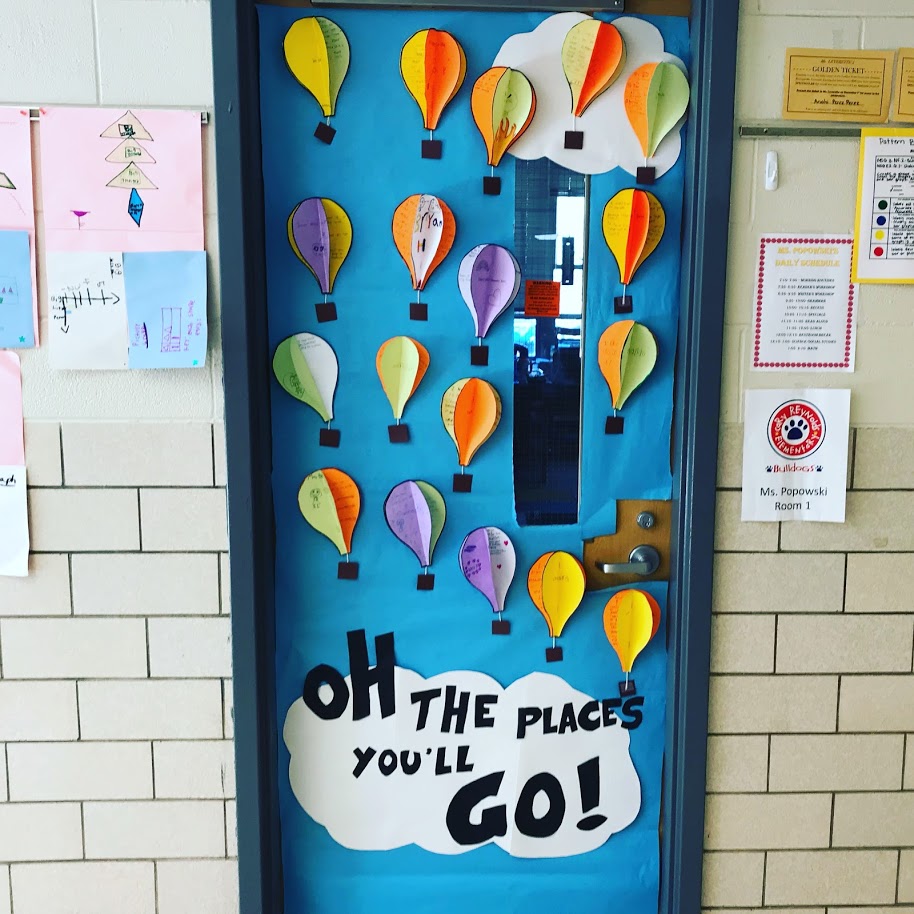
The Best Parts
It seems that I have been doing a lot of complaining, so I wanted to end this post with some of my favorite memories of my first year of teaching. It was incredibly difficult, and I know now that I wasn’t taking care of my mental health to really enjoy the job, but I loved these kids and I miss them so much.
The Kids
Ask any teacher what their favorite part of teaching is, and they will say the kids. That’s the reason why we do what we do, even after all of the things I talked about above. Teachers work ridiculous hours and spend money out of our own pockets because we love the kids.
My first class was incredible. A lot of them came to me with limited English, but left with so much more. One of my students had moved from China only a few months before school started, and we used charades and Google translate to communicate for a while. By the end of the year, he could hold conversation with his classmates and other teachers.
I had quite a few boys in my class competing to be class comedian, so they drove me nuts most of the time. But looking back at the pictures from that year, I started crying because I miss their shenanigans way more than I expected. They were my first students, and I cherish every (sometimes annoying) moment that I spent with them.
The Fun Stuff
Along with learning, we did a lot of fun stuff too! We had a field day–a day that we got to go outside and play games, have races, try challenges, and just have fun. We went on field trips–one to see a play and one to the movie theater.
My favorite “fun thing” that we did was International Day. Each grade chooses a country and learn everything about it. There’s a dance that students can do, a museum for students to create artifacts for, and we decorated the hallways.
Third grade picked Egypt, and we had SO much fun with our project. Along with the activities that every grade does, my class did a research project too. Students each got a bare book to write a fictional story with facts based off of their research.
We picked a topic every day, and researched it together. We learned about food, clothes, everyday life, and environment. Students made up their own characters and the idea was that their characters traveled back in time and had to find their way through ancient Egypt. The kids had so much fun with their stories, and they got to take them home at the end of the year.
Learning Together
I can honestly say that I had NO idea what I was doing my first year of teaching. Or my second. Sometimes even in my third. But the best part of working with other first year teachers was that we got to figure it out together.
I had some of the best women on my team–both new and veteran teachers–and even though we were stressed and cranky often, I am so thankful that I had them to be stressed and cranky with.
I made some of the best friends that year, and I’m grateful for them.
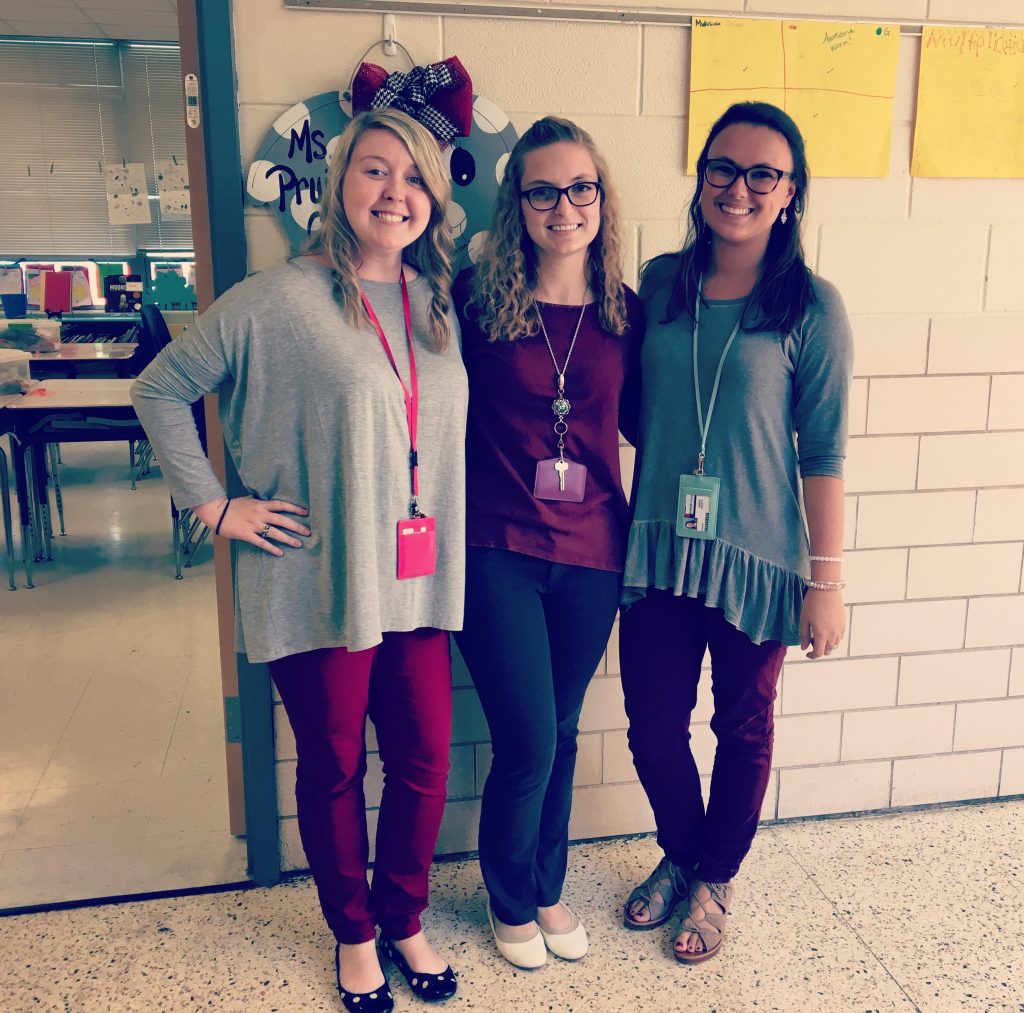
And the Plot Thickens
In the summer after my first year of teaching, Jeremy and I moved to Columbus, Ohio. I knew that I probably wouldn’t be in Georgia longer than one year, but it was still really hard to leave. I bawled my eyes out as I waved goodbye to my students on the last day of school.
I still have students reach out to me occasionally, just to say hi. What makes me so happy is that the students who reach out to me have gotten so much better with writing in English. I am proud of each and every one of them.
Moving to Columbus brought so many new challenges, and I’ll talk about them more in my next post in the series. Until then, happy learning!


